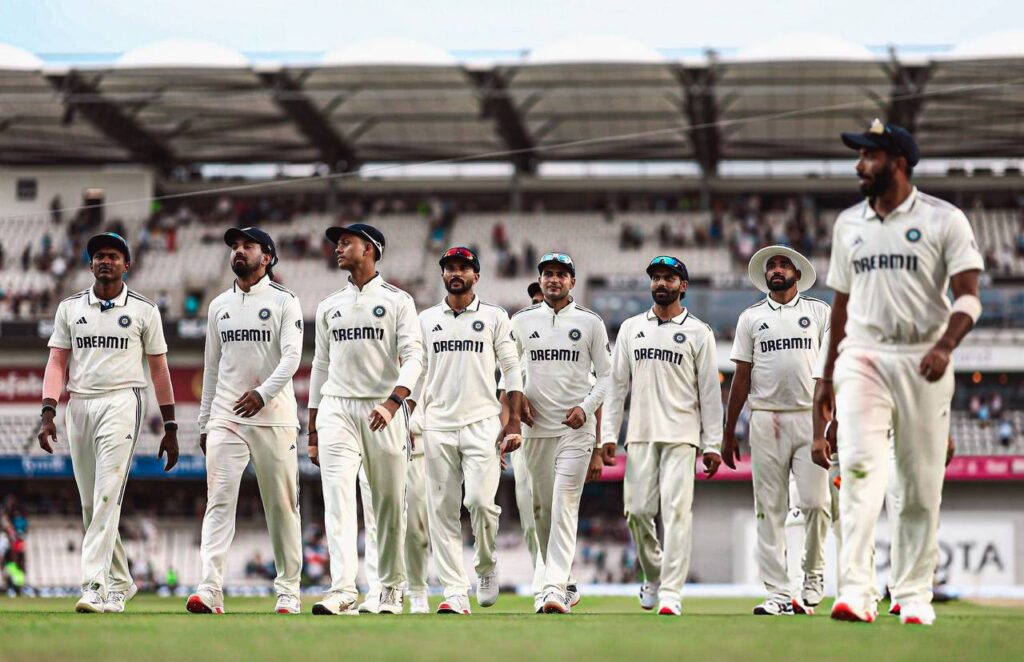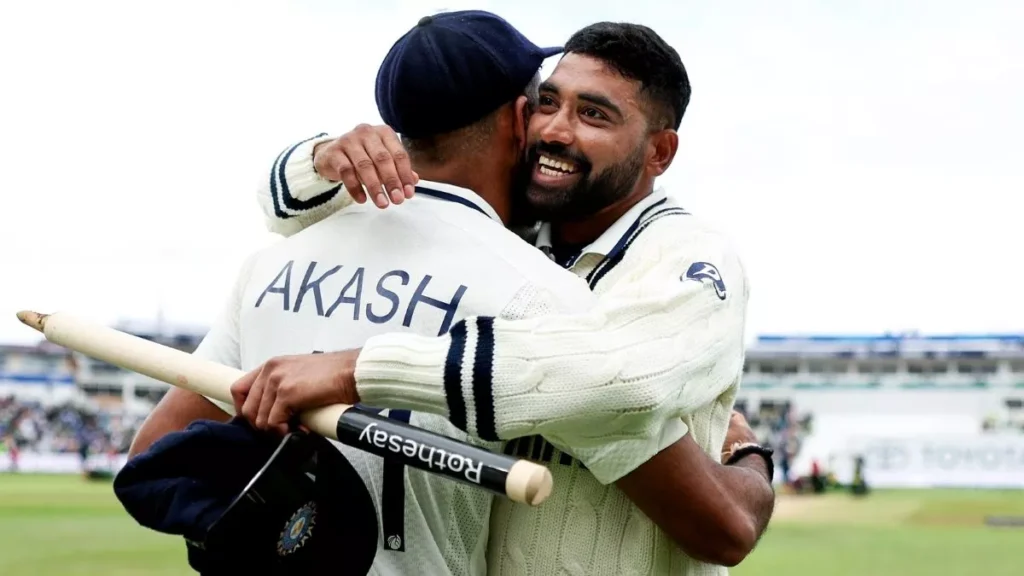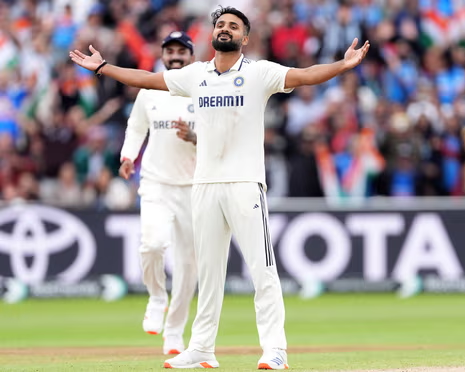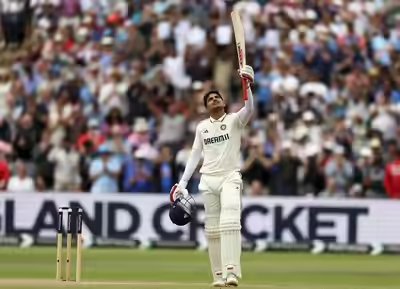An Edgbaston Odyssey: A New Dawn for Indian Cricket
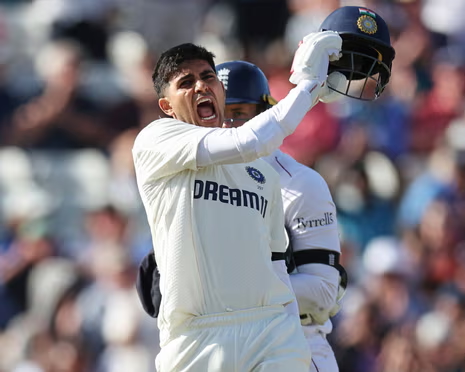
There’s something profoundly poetic about watching a fortress crumble, particularly when it’s been standing defiantly for twenty-four long years.Edgbaston, England’s cherished cricket cathedral, ultimately fell to Indian brilliance in the second Test of the Anderson-Tendulkar Trophy—a victory that will blaze like a beacon across the landscape of Indian cricket history.
This wasn’t just any triumph; this was India’s first Test victory at Edgbaston since the turn of the millennium, achieved in the most challenging circumstances imaginable. The ghosts of Virat Kohli and Rohit Sharma’s retirements still lingered in the corridors of Indian cricket, and yet, a new generation emerged from their shadows to script one of the most memorable chapters in recent memory.
The Young Captain’s Masterclass
Shubman Gill’s innings wasn’t merely exceptional—it was a symphony of technique, temperament, and timing. The young captain, thrust into leadership during India’s transitional phase, responded with the kind of performance that legends are built upon. His batting display was a masterful blend of classical strokeplay and modern aggression, each shot punctuated with the confidence of a man who belonged on cricket’s grandest stages.
The delicious irony wasn’t lost on anyone when Gill, during the post-match press conference, inquired about his “favourite journalist” who had so pointedly reminded him of Edgbaston’s impregnable record just days earlier. “I can’t see my favourite journalist. Where is he? I wanted to see him,” Gill remarked, his eyes twinkling with mischief as the press gallery erupted in knowing chuckles. Sometimes, the sweetest victories are savored not just in runs scored, but in gentle reminders to those who doubted.
The Bowling Revelation
While Gill orchestrated the batting symphony, it was Mohammed Siraj who conducted the bowling orchestra with masterful precision. His spell was a thing of beauty—each delivery crafted with surgical precision, each dismissal a testament to his evolution as a world-class performer. But perhaps the most remarkable story belonged to Akashdeep Singh, whose emergence as a genuine wicket-taking threat provided the perfect answer to critics who questioned India’s bowling depth without Jasprit Bumrah.
In cricket, as in life, timing is everything. When the world’s number one Test bowler was unavailable, Akashdeep stepped up with the kind of performance that transforms careers overnight. His bowling wasn’t just effective; it was revelatory, proving that Indian cricket’s bench strength runs deeper than even the most optimistic supporters dared imagine.
The Fortress Finally Falls
Records tumbled like dominoes during this historic encounter. Twenty-four years of English dominance at Edgbaston crumbled in the face of Indian determination, marking not just a victory, but a statement of intent from a team in transition. The significance of this triumph extends far beyond mere statistics—it represents the successful passing of the torch from one generation to the next.
The fielding, while improved from the previous match, still bears the hallmarks of a work in progress. Cricket, much like fine wine, requires patience and constant refinement. The improvement was evident, but the journey toward excellence continues.
Beyond the Boundary: The Larger Picture
This victory arrived at a time when Gautam Gambhir’s coaching methods faced intense scrutiny, and team selection decisions were dissected with the fervor typically reserved for political debates. Yet, this triumph serves as the most eloquent response possible—one delivered not through words, but through the universal language of sporting excellence.
Cricket in India is celebrated with the passion of a festival, but it’s also burdened with the weight of expectations and the machinations of politics that often overshadow pure sporting merit. The game deserves to be governed by professionals who understand its nuances, not by those who view it merely as a vehicle for other agendas.
The decision to replace Bumrah with Akashdeep was fraught with risk, yet it exemplified the kind of bold leadership that separates good teams from great ones. In cricket, as in life, fortune favors the brave, and this selection proved to be nothing short of inspired.
The Road Ahead
This Edgbaston victory is more than just a win; it’s a beacon of hope for Indian cricket’s future. It demonstrates that even in the absence of established stars, the country’s cricketing ecosystem continues to produce players capable of rising to the grandest occasions.
The challenge now lies in maintaining this momentum, building upon this foundation with the same positive approach that made this victory possible. Cricket, at its essence, is a game of inches and moments, and India’s ability to seize both at Edgbaston suggests that the future, despite the uncertainties of transition, burns bright with promise.
As the celebrations continue and the statistics are analyzed, one truth remains unshakeable: on this historic day at Edgbaston, India didn’t just win a Test match—they announced their arrival in the post-Kohli, post-Sharma era with authority, grace, and a touch of that delightful irreverence that makes cricket the beautiful game it is.
The fortress has fallen, and cricket is all the richer for it.
